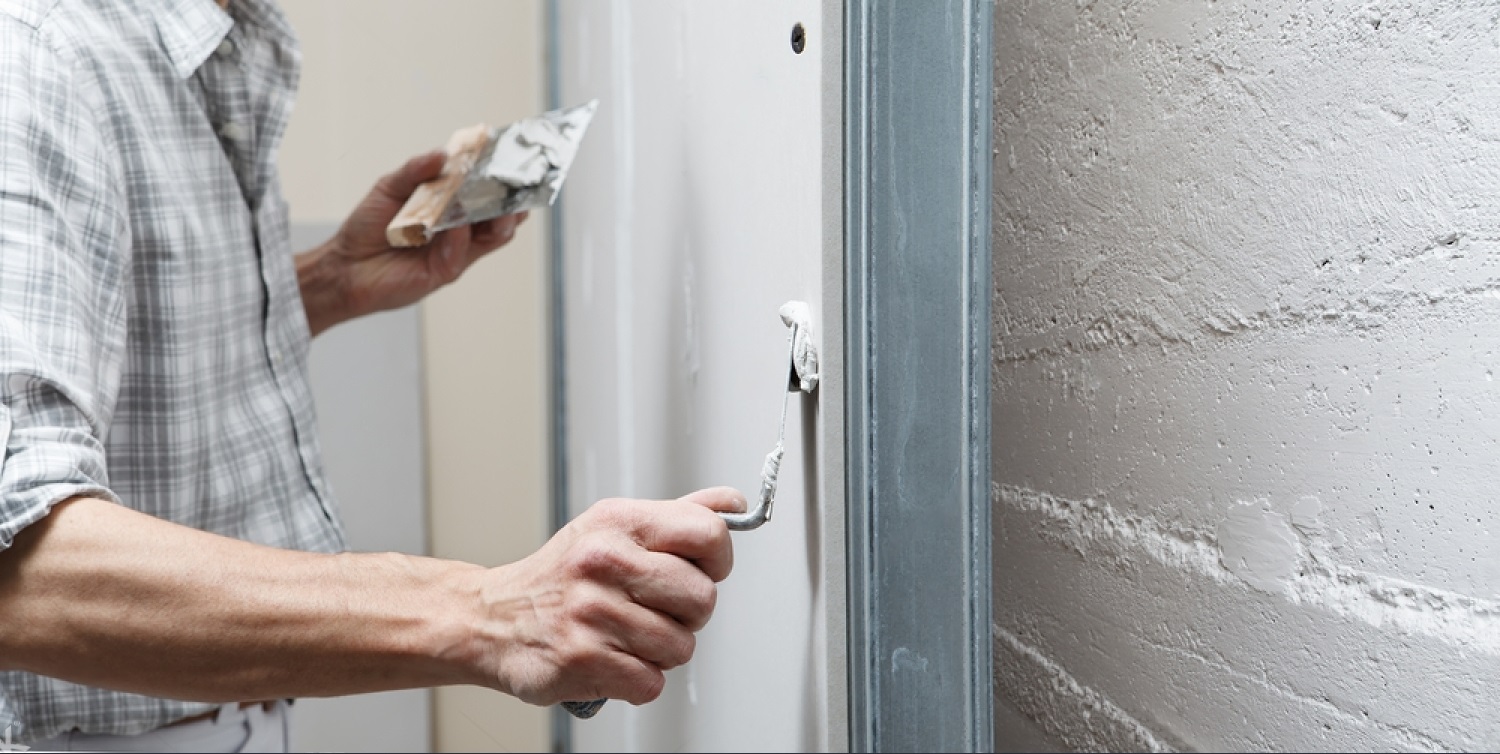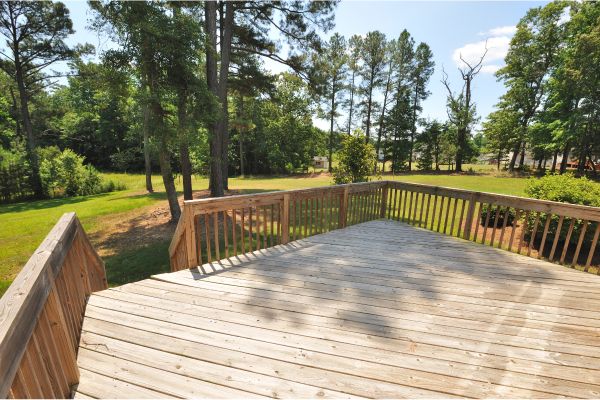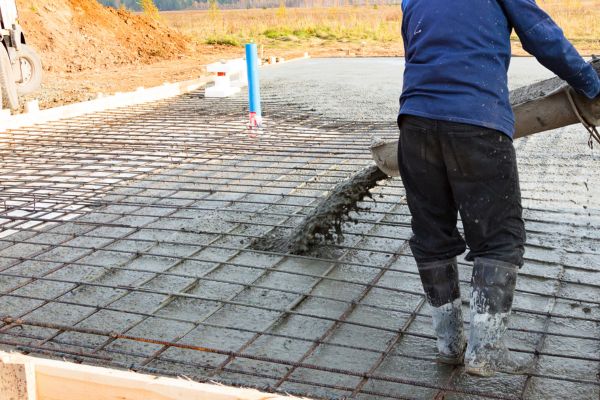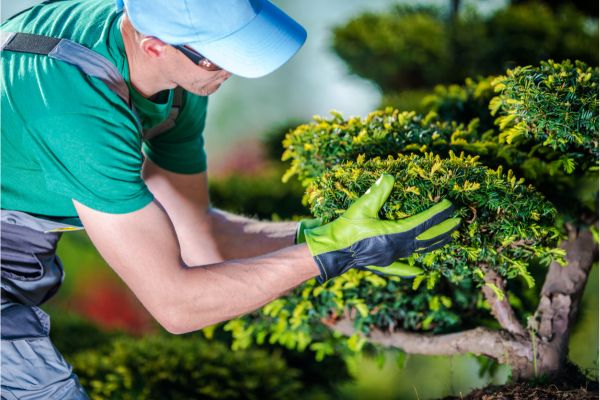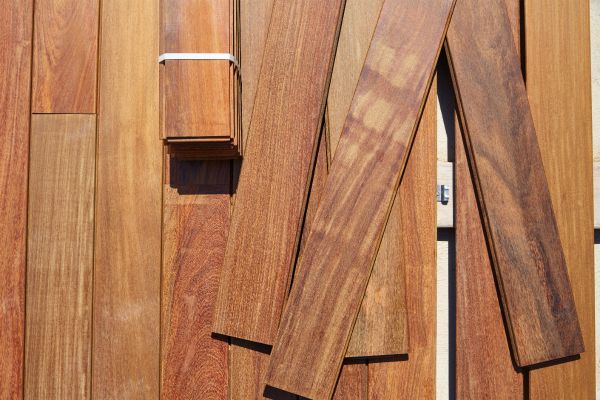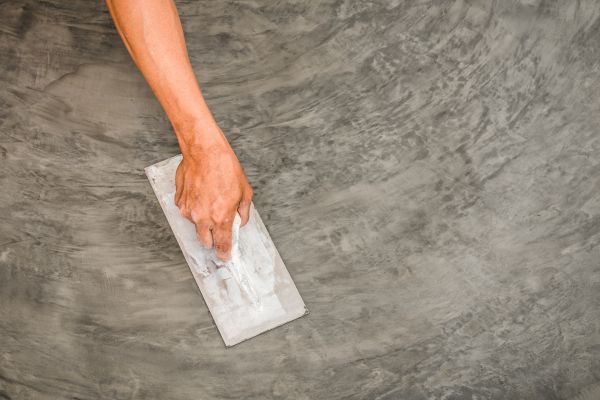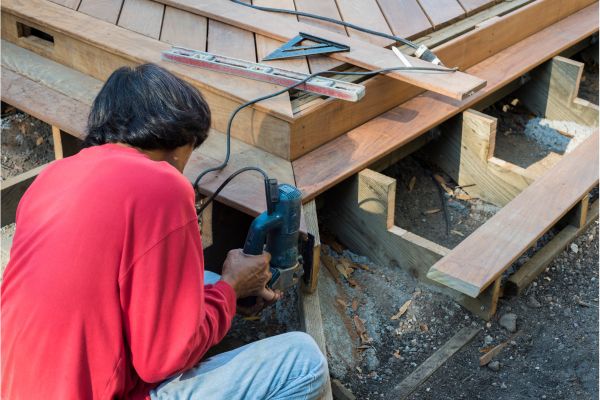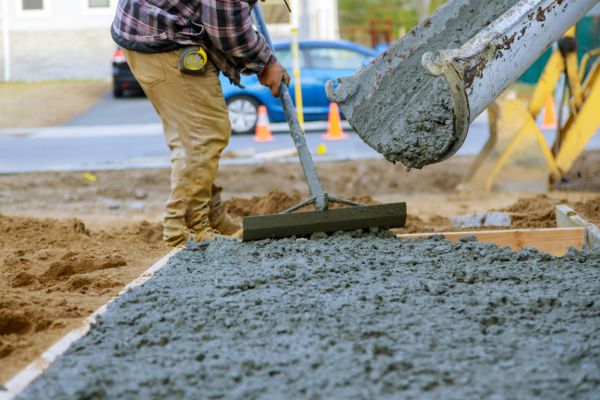Stucco, an age-old construction material, has adorned structures for centuries, captivating with its timeless beauty and texture. However, beneath its appealing facade lies a complex world of technical intricacies that govern its proper installation and repair. In this article, we delve deep into the realm of stucco, exploring the art and science of mastering its installation and repair techniques. Beyond mere aesthetics, understanding these technicalities is essential for ensuring the longevity and structural integrity of stucco-clad surfaces.
The Science Behind Stucco
At first glance, stucco might appear as an art form, but its performance relies heavily on scientific principles. The combination of aggregates, binders, and water in precise ratios forms the stucco mix. This mix then undergoes a chemical reaction, transforming it into a robust and resilient material that can withstand various environmental conditions. The right mix consistency and curing time are crucial to the final strength and durability of the stucco surface.
Installation: A Symphony of Precision
Installing stucco goes beyond slathering a mixture onto a surface. It’s a symphony of precision, requiring meticulous attention to detail. Proper substrate preparation, including cleaning, priming, and ensuring an even texture, sets the foundation for a successful installation. Applying the stucco mix demands finesse; too much pressure can lead to weak bonds, while too little pressure might result in air pockets. Achieving the perfect balance is an art that stems from a deep understanding of the stucco material.
Cracks and Failures: The Repair Conundrum
Even with the utmost care, stucco surfaces are not immune to cracks and failures over time. Understanding the underlying causes of these issues is pivotal in devising effective repair strategies. Factors such as substrate movement, moisture infiltration, and improper installation techniques can contribute to cracks. Repairing stucco involves not only addressing the visual aspects but also diagnosing the root cause to prevent recurrence.
Matching Aesthetics with Performance
Repairing stucco is not solely about reinstating its visual appeal; it’s about maintaining its structural integrity. Achieving the balance between aesthetics and performance requires not just the right materials, but a deep understanding of the original stucco’s composition, texture, and color. Seamless integration of repairs into the existing stucco surface demands a trained eye and technical prowess.
Weathering the Elements: Stucco’s Resilience
One of stucco’s distinctive qualities is its ability to withstand a variety of weather conditions. However, this resilience is not innate; it’s a result of precise installation techniques and attention to details. From controlling the water-to-mix ratio to proper curing and expansion joint placement, each step plays a role in ensuring stucco’s resistance to moisture, temperature fluctuations, and other environmental stressors.
The Role of Technology
In the modern construction landscape, technology plays a significant role in enhancing stucco installation and repair. Advanced tools, such as laser levels for precise application and moisture meters for substrate analysis, aid in achieving consistent and long-lasting results. Additionally, 3D modeling and simulation software enable professionals to visualize the impact of various installation techniques on the final outcome.
Continuous Learning and Adaptation
Mastering the technicalities of stucco installation and repair is an ongoing journey. As building techniques evolve and materials advance, staying abreast of the latest developments is essential for professionals in the field. Continuous learning, attending workshops, and networking with industry experts provide avenues for refining skills and gaining insights into emerging best practices.
Takeaway
Beyond its aesthetic allure, stucco stands as a testament to the synergy between art and science in construction. The intricacies involved in its installation and repair reflect the need for technical precision to ensure both visual appeal and structural integrity. Mastering these technicalities requires not only a deep understanding of materials and processes but also an unwavering commitment to excellence. As we appreciate the timeless beauty of stucco-clad surfaces, let us also acknowledge the expertise that goes into crafting and maintaining them, elevating them beyond mere aesthetics into the realm of enduring architectural marvels.

